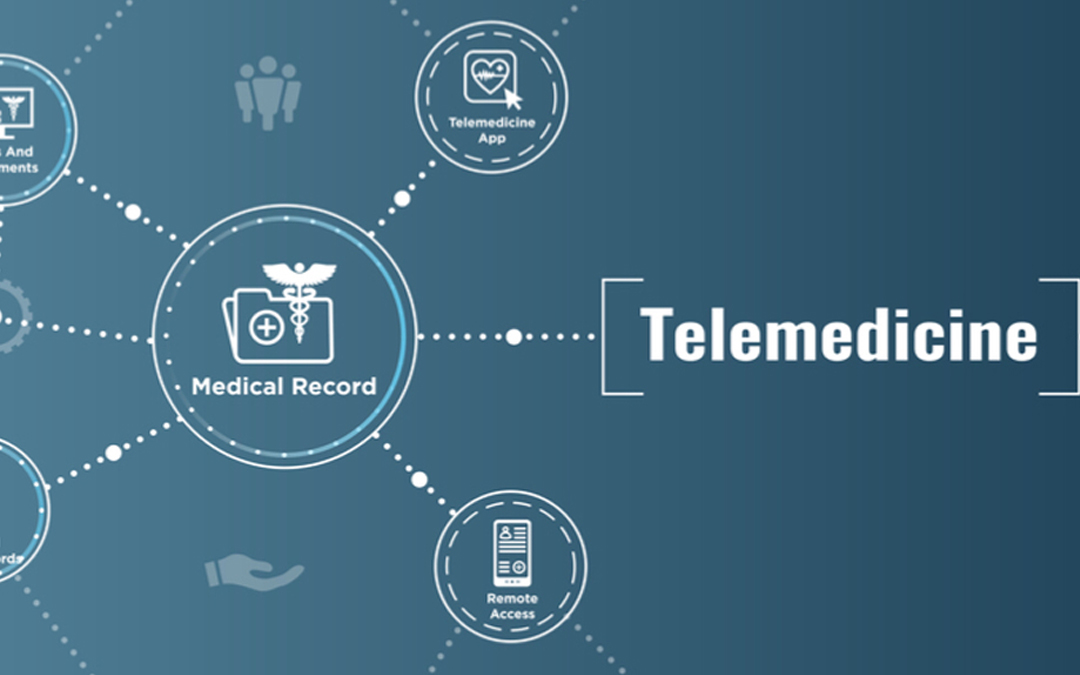Changing the Healthcare Model: The Future of Multifaceted Telemedicine
It’s a model we’re likely all familiar with. We identify a problem, whether the symptom of an illness or the result of an accident and make our way to a healthcare touchpoint – probably a GP surgery or accident and emergency department – in response. We’re seen by the appropriate medical practitioner, who prescribes a set of interventions, and we are (hopefully) sent on our way.
Growing pressures
Pressure, however, is building on this reactive model. The population is both growing, meaning that more patients are trying to access a limited number of healthcare touchpoints – and aging, meaning that more patients are experiencing complex and chronic combinations of conditions later in life and for prolonged periods.
Meanwhile, the NHS faces the same intense cost and resource pressures that it always did, amplified and intensified by an ever-increasing selection of medicines, machines, and technology to purchase and deploy. A global shortage of healthcare professionals isn’t helping either.
What, then, does the future look like? We think that this reactive model needs to be turned on its head. Rather, healthcare needs to move out.
Telehealth: increasing patient(s) touchpoints
From a technical perspective, telehealth refers to a rich ecosystem of digital technologies which enable high-quality connectivity between patients and healthcare practitioners, even across vast distances. Often, that connectivity includes the use of high-definition video, enabling productive conversation between, say, a doctor in a hospital and an individual sitting at home.
This enables a profound transformation in the very structure of a healthcare system. Suddenly, the number of touchpoints by which patients can engage with that system is dramatically increased. Said touchpoints are no longer limited to physical premises which patients have to travel to – they can now exist wherever the patient may be – in the home, at work or traveling. In turn, this means that the diagnosis and monitoring of ongoing healthcare conditions can take place more frequently, with doctors and other practitioners providing their expert input remotely.
Telehealth, can be broken down into two different components. First, there is the diagnostic side, whether remotely identifying brand-new conditions or monitoring the process of existing ones. In developing countries, telehealth is currently limited to this (nevertheless hugely transformative) form of telemedicine. Second, there is the direct-to-consumer side, which incorporates these more complex interventions and focuses on qualities like mobility and reaching patients precisely where they want to be located. In developed countries – the UK included – telehealth increasingly incorporates this second component – and it is this component which will truly underpin the transformation of the NHS model into population-centred healthcare.
Efficiency and independents
The potential benefits of this rich telemedicine ecosystem and the potential transformation of the NHS’s core model are myriad. However, we can understand them in terms of two core areas: efficiency, and independence.
From an efficiency perspective, telehealth can transform both how limited healthcare resources are allocated and used, and how effective medicine is at the point of care. Travel, for both patients and practitioners, is dramatically reduced, leading to more efficient management of appointments and less ‘downtime’. Geographical access areas to medicine and care are broken down, leading to better patient outcomes, particularly in rural areas. And the connected ecosystem underpinning telehealth can be harnessed to deliver more education and proactive wellness advice, generating a more proactive and preventative approach to healthcare.
From an independence perspective, telemedicine enables patients to live autonomous lives at home for longer, and reduces instances of individuals having to visit hospital unnecessarily. It enables a genuine transformation to patient-centred care, examining how individuals wish to receive healthcare and actively responding to their answers.
A paradigm shift
Moving from a reactive to a proactive approach to healthcare delivery and introducing telehealth throughout the country is a fundamental shift in the structure of the NHS itself. There is no doubt that it comes with significant challenges, from the resource required to deliver it, to the cultural shift required of patients and practitioners alike. But population-based healthcare, focused just as much on illness and accident prevention, on keeping individuals away from hospital when they don’t need to be there, and on fostering the most independent lives possible, could be truly transformative for the NHS, and the country.
Distec supplies a range of devices that support telehealth and digital transformation in the health sector.

